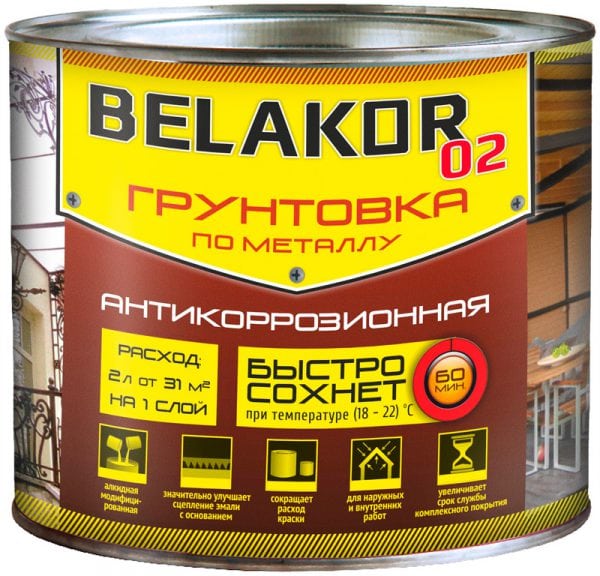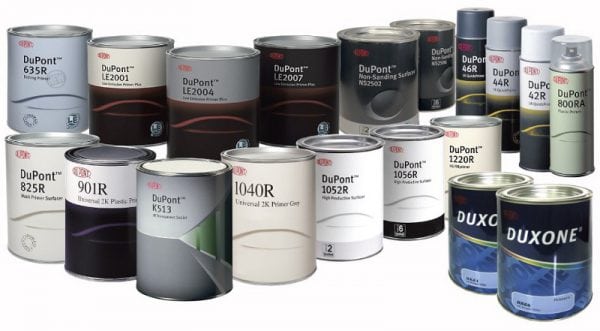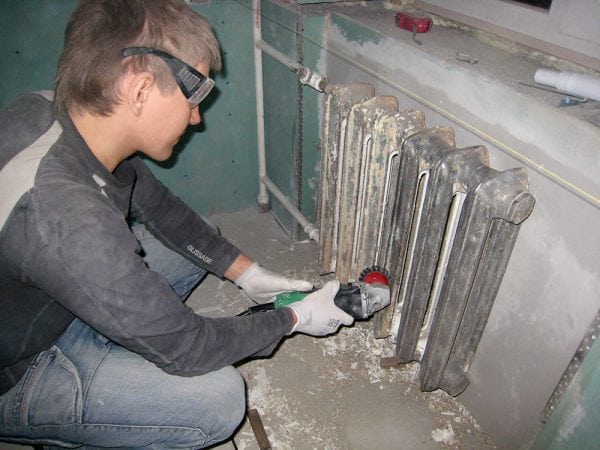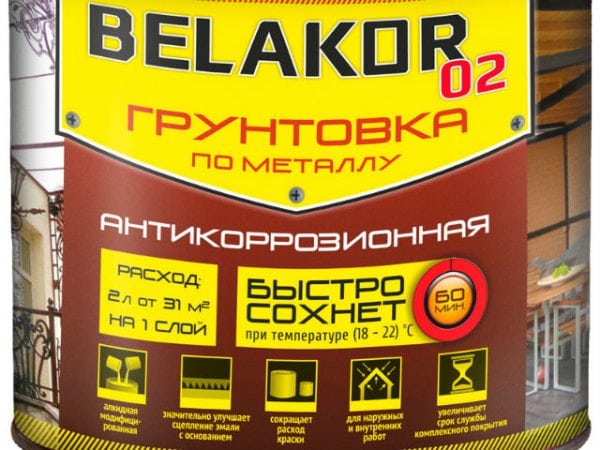Due to their strength and ability to withstand significant loads, metal structures are widely used in construction. This material retains its qualitative characteristics for a rather long time, provided that it is not covered by rust and corrosion. And this is possible only if timely applied to it anti-corrosion soil, which protects the metal from destruction.
- Material Functions
- Varieties of protective coating
- Surface treatment and coating
- Application features
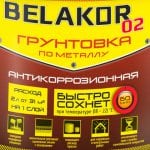
Material Functions
The primer is applied on the surface cleared of rust and other pollution so that:
- ensure reliable adhesion of paint or any other coating to metal;
- level the work surface;
- to give the painted surface the ability to absorb the coating evenly by retouching minor defects and filling the pores;
- prevent peeling and cracking of the paint;
- protect the metal from the damaging effects of corrosion.
All this is possible due to the presence of substances in these coatings:
- forming a film (glue, drying oils, resins, bitumen and others);
- accelerating the drying process (desiccants);
- coloring (pigments);
- fillers (talc, chalk or mica).
Varieties of protective coating
Primers for metal are divided into:
- Isolating. These are mixtures that create a protective film on the treated surface that prevents exposure to moisture, active oxygen ions and other aggressive substances. Most often, acrylic paints are used in their production, in which zinc oxide, iron minium and talc are added. Insulating materials include alkyd primer GF-021 and epoxy EP-0010.
- Passivating. This coating has the best anticorrosion property due to the introduction of phosphates and chromates forming a dense oxide film, which transfers the surface metal compounds to a passive state, preventing its destruction. Such materials include GF-0119 and FL-03K.
- Phosphating Orthophosphoric acid is present in their composition, due to which the coating penetrates deep into the surface to be treated, increases adhesion by several times, makes the metal structure more durable and wear-resistant. The features of such primers is the ability to apply them to ferrous and non-ferrous metals, as well as to galvanized iron. An example is VL-023 and VL-02.
- Tread. They consist of 90% zinc and lead metal powder, as well as an alloy of magnesium with zinc. When exposed to the treated surface, these substances come into contact with corrosion products and form a dense impermeable layer. If a scratch forms on the surface of an already treated material, then zinc particles continue to protect it, playing the role of a tread. This property is used in shipbuilding when processing the bottom of the vessel, as well as to protect the underwater part of coastal structures.These primers include EP-0284 and EP-057.
- Rust Converters. Such a coating can be applied to the surface without treatment and cleaning of scale or rust. The phosphoric acid that is part of, when combined with corrosion products, turns into a dense and durable substance that prevents further destruction of the surface. Due to this property, ХВ-0278 and ЭП-0199 are the most demanded materials in this market segment.
Surface treatment and coating
Before applying a primer coat, thoroughly treat the metal surface. This procedure is performed using sandpaper or a special brush. Layers of old paint or enamel are removed with a spatula, and if necessary, use a building hair dryer or gas burner.
The next step is the degreasing of the surface with alcohol-containing mixtures or solvents. The result should be a smooth, clean and dry surface, free from corrosion products, dirt and grease.
Corrosion-resistant coating is applied with a brush, roller or spray, as the quality of work does not depend on the choice of tool.
to contents ↑For more reliable protection or if there is no paint or enamel layer on top, it is better to apply two layers of coating.
Application features
Reading the instructions before applying the protective coating is a prerequisite. It will not be superfluous to find out some of the nuances that professional builders determined for themselves in the course of these works.
- Priming should not be carried out in severe frost, heat, during rain or fog.
- It is better to use the paint of the same brand and the same type as the primer. Sometimes non-compliance with this rule leads to incompatibility of components and the formation of cracks and bubbles on the surface.
- The alkyd protective coating can not be covered with a layer of paint, as it is able to independently prevent the damaging effects of moisture, wind, temperature fluctuations or ultraviolet radiation.
- At important joints or sections of metal structures having a small area, it is advisable to use automotive primers. They are more practical and able to withstand heavy loads, but at the same time their cost is slightly higher than that of conventional materials.
The correct selection of material for the priming of metal will help to facilitate ongoing work and extend the service life of processed structures.

